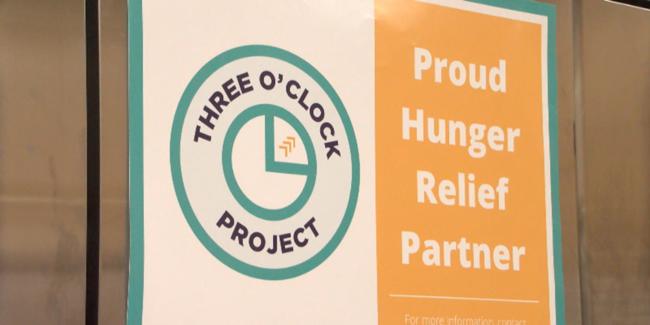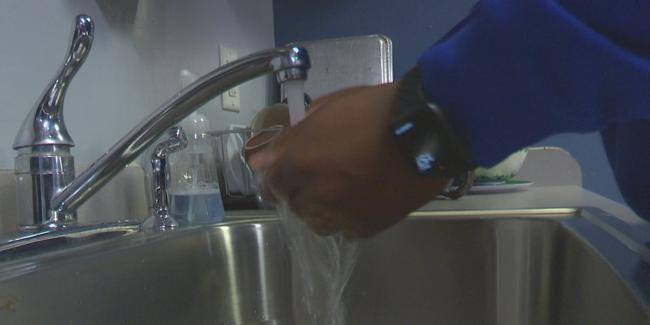Summary
BATON ROUGE, La. (WAFB) – Roughly 40% of the countrys food supply goes to waste every year according to USDA. Now, a new initiative is working to repurpose it so no one in our community goes hungry.
Source: WAFB Channel 9 on MSN.com

AI News Q&A (Free Content)
Q1: What is the scope of food waste in the United States, and how does it impact the environment?
A1: In the United States, approximately 40% of the food supply is wasted annually, which has significant environmental impacts. Food waste contributes to 3.3 billion tons of CO2 emissions each year, affecting climate change, land use, and water resources. The UN aims to halve global food waste by 2030 to mitigate these effects.
Q2: How does the rescue kitchen initiative in Baton Rouge aim to tackle food waste while promoting health?
A2: The rescue kitchen initiative in Baton Rouge repurposes surplus food to create healthy meals, addressing both food waste and hunger. By diverting food from landfills, it reduces methane emissions, a potent greenhouse gas, and provides nutritious options to underserved communities.
Q3: What recent scholarly research examines the effectiveness of food waste management strategies?
A3: Recent research has explored various approaches to food waste management, highlighting the importance of ICT techniques in influencing surplus food waste management. Strategies include optimizing agricultural production, post-harvest handling, and consumer behavior to reduce waste effectively.
Q4: What are the health implications of food waste, particularly in high-income regions?
A4: In high-income regions, food waste includes metabolic food waste from overeating, contributing to obesity and associated health issues. A study in Ireland found that metabolic food waste results in significant CO2 emissions, highlighting the need for public health and environmental policies to address this issue.
Q5: How does the use of immersive VR technology help in educating about sustainable food behaviors?
A5: Immersive VR technology, as seen in projects like Meltdown, helps bridge the perception gap in climate change education by simulating grocery shopping and waste management scenarios. This approach has shown to improve knowledge and promote sustainable behavior among students.
Q6: What role does food waste management play in campus sustainability initiatives?
A6: Campus sustainability initiatives, like the FoodWise system, use data visualization and gamification to engage students in waste reduction efforts. These programs have effectively increased awareness and reduced food waste through interactive and incentivized participation.
Q7: What are the potential solutions to mitigate the environmental impact of food waste?
A7: Solutions to mitigate food waste include prevention, reuse through donation, composting, and using food waste for energy production. These strategies align with the waste hierarchy, prioritizing prevention and minimizing environmental impacts, contributing to global sustainability goals.
References:
- Food loss and waste - https://en.wikipedia.org/wiki/Food_loss_and_waste





